Have you ever wondered what comparative negligence is and how it differs from contributory negligence?
In this article, we will explore Florida’s comparative negligence laws, including the “pure” and “modified” rules.
We will discuss how fault is determined in a comparative negligence case, the consequences of being found negligent, and the role a lawyer plays in proving fault and maximizing compensation.
If you’re facing a comparative negligence case in Florida, this article is a must-read.
What Is Comparative Negligence?
Comparative negligence is a legal principle that determines the level of fault among parties in an accident. It enables injured individuals to seek damages even if they bear some responsibility, and it is a fundamental element of negligence law in Florida.
How Does It Differ From Contributory Negligence?
The main difference between contributory negligence and comparative negligence is in how a plaintiff can recover damages. Under contributory negligence, any fault by the plaintiff results in a complete bar to recovery, while comparative negligence allows for recovery based on the percentage of fault.
In contributory negligence, if the plaintiff is found to be even partially at fault for the incident that caused their injuries, they are unable to recover any damages from the defendant, irrespective of the extent of the defendant’s negligence.
For example, if a plaintiff is determined to be 10% at fault and the defendant 90% at fault in a car accident, the plaintiff would not receive any compensation under a contributory negligence system.
On the other hand, in a comparative negligence system, the plaintiff’s recovery is based on their degree of fault compared to the defendant’s.
For instance, if the plaintiff is found to be 20% at fault and the defendant 80% at fault, the plaintiff would be able to recover 80% of the total damages awarded by the court.
What Are Florida’s Comparative Negligence Laws?
The comparative negligence laws in Florida have gone through changes over time. Currently, they follow a pure comparative negligence rule, which permits accident victims to receive damages based on their level of fault. However, recent legislative updates like HB 837, signed by Governor Ron DeSantis, have brought about adjustments to these laws.
What Is the ‘Pure’ Comparative Negligence Rule in Florida?
In Florida, the ‘pure‘ comparative negligence rule allows an injured party to seek damages even if they are significantly at fault for the accident, with the compensation adjusted based on their percentage of fault.
This rule ensures that individuals can still pursue compensation for injuries, even when they bear a high level of responsibility for an incident. For example, if a pedestrian is hit by a speeding car while crossing the road outside a crosswalk and is considered 90% at fault, they may still potentially recover 10% of their damages under Florida’s comparative negligence rule.
The principle behind this rule is that individuals should not be entirely barred from seeking compensation for their injuries, even if they share some degree of blame for an accident. By enabling plaintiffs to recover damages regardless of their level of fault, the system aims to promote a fair and balanced allocation of liability in personal injury cases.
What Is the ‘Modified’ Comparative Negligence Rule in Florida?
The ‘modified‘ comparative negligence rule, as introduced by HB 837, sets limits on the ability of plaintiffs to recover damages if they are found to be more than 50% at fault for the accident.
Under this rule, if a plaintiff is determined to be 51% or more responsible for the incident, they will not be able to seek compensation from other negligent parties involved. This marks a significant departure from the previous ‘pure’ comparative negligence rule, where plaintiffs could still recover damages even if they were 99% at fault, albeit with reduced compensation corresponding to their level of fault.
The introduction of this modified rule has a notable impact on how cases are litigated in Florida, shifting the burden of responsibility more onto plaintiffs to prove their innocence and potentially limiting the overall amount of damages that can be recovered in cases involving shared blame.
How Is Fault Determined in a Comparative Negligence Case?
In a comparative negligence case, fault is determined by assessing the actions of all parties involved in the accident. This evaluation is based on evidence like witness testimonies, expert analyses, and accident reconstructionist reports. The judge or jury then determines the percentage of fault attributed to each party.
What Factors Are Considered in Determining Fault?
Factors considered in determining fault in a comparative negligence case include the actions of each party at the time of the accident, adherence to traffic laws, and any evidence of negligence or recklessness that contributed to the incident.
For instance, let’s consider a scenario where a driver runs a red light and collides with another vehicle. In this case, the driver who ran the red light would likely be deemed at fault due to violating traffic laws. If it is found that the other driver was speeding at the time of the accident, their contribution to the collision would also be evaluated.
Factors like distracted driving, impairment, or poor weather conditions can all play a role in determining fault in personal injury cases.
What Evidence Is Used to Prove Fault?
In a comparative negligence case, evidence utilized to establish fault typically comprises witness testimonies, police reports, video footage, expert analyses from accident reconstructionists, and any additional documentation that can clarify the sequence of events and actions taken by the parties involved.
Expert witnesses, such as accident reconstructionists, are pivotal in offering technical analysis to determine the causes of an accident. These experts can recreate the scene through computer simulations, physical evidence, and data to elucidate factors like vehicle speeds and impact points.
Witness testimonies provide firsthand narratives of the incidents, offering perspectives from individuals who were present at the scene. Police reports hold significance as they often contain official evaluations and statements from the responding officers, while video footage can provide visual evidence to either bolster or challenge claims of negligence.
What Are the Consequences of Comparative Negligence in Florida?
In Florida, the impact of comparative negligence on the compensation awarded to a plaintiff can be significant. Any damages granted will be decreased by the plaintiff’s percentage of fault, changing the overall recovery in personal injury cases.
How Does Comparative Negligence Affect Compensation?
Comparative negligence impacts compensation by reducing the total amount of damages awarded to a plaintiff based on their percentage of fault. For instance, if a plaintiff is determined to be 20% at fault, their recovery will be decreased by 20%.
In cases involving comparative negligence, the compensation calculation process entails a comprehensive evaluation of each party’s level of responsibility for the incident. This evaluation often necessitates a detailed review of the evidence presented in court, witness testimonies, and expert opinions to ascertain the precise percentage of fault assigned to the plaintiff.
The intricacy of this calculation lies in accurately attributing fault percentages. For example, a plaintiff found to be 50% at fault in a car accident may only receive half of the total damages. This methodology strives to uphold fairness by reflecting each party’s involvement in the incident under consideration.
What Happens if Both Parties Are Found Negligent?
In a comparative negligence case where both parties are found to be negligent, the degree of fault for each party is assessed. The total damages awarded to the plaintiff are then reduced by the percentage of fault attributed to them. Similarly, the liability of the defendant may be adjusted based on their portion of fault.
This process of determining fault percentages is pivotal in deciding the final verdict of the case. For example, if a plaintiff is granted $100,000 in damages but is considered 20% responsible for the incident, their recovery amount will be decreased to $80,000.
Likewise, the defendant’s liability can also change depending on their level of contribution to the negligence. In cases where both parties share equal fault, the damages could be divided equally, highlighting how comparative negligence affects the allocation of legal responsibility.
How Can a Lawyer Help in a Comparative Negligence Case?
A lawyer can be instrumental in a comparative negligence case by aiding in proving fault, collecting evidence, and optimizing compensation for their clients, ensuring the protection of the legal rights of the injured party throughout the legal proceedings.
What Role Does a Lawyer Play in Proving Fault?
The role of a lawyer in proving fault in a comparative negligence case involves the collection and presentation of evidence to establish the negligence of the defendant and support the plaintiff’s claims. This includes utilizing expert testimony from accident reconstructionists to strengthen the argument.
The lawyer ensures a comprehensive argument is constructed by meticulously gathering various forms of evidence, which can include medical records, witness statements, and physical evidence from the scene of the incident.
Collaborating closely with expert witnesses, such as medical professionals or forensic specialists, allows the attorney to bring specialized insights into the case. These experts play a key role in providing a clear analysis of the situation, aiding in demonstrating how the defendant’s actions led to the harm suffered by the plaintiff.
In court, the lawyer develops a persuasive narrative by utilizing the gathered evidence and expert testimonies to vividly illustrate the defendant’s breach of duty and the resulting damages.
For example, in a recent car accident lawsuit, the lawyer worked with an accident reconstruction expert to recreate the sequence of events, demonstrating the defendant’s negligence in causing the crash and ultimately securing a favorable settlement for the injured party.
How Can a Lawyer Help Maximize Compensation in a Comparative Negligence Case?
In a comparative negligence case, legal representation can assist in maximizing compensation by engaging in negotiations with insurance companies, presenting compelling evidence to reduce the client’s degree of fault, and ensuring that all damages, encompassing medical expenses and lost wages, are accurately accounted for.
Lawyers frequently develop strategies that involve disputing assessments of fault through extensive investigation and expert testimony. They meticulously assess damages by taking into account not only immediate losses but also future consequences, such as ongoing medical requirements or diminished earning potential.
Skilled legal counsel plays a vital role in navigating the intricacies of comparative negligence cases, as lawyers can advocate for their clients’ interests and strive to achieve the most favorable outcome. By utilizing their understanding of pertinent laws and legal precedents, lawyers excel in constructing persuasive arguments that can influence settlements in favor of their clients.
Frequently Asked Questions
What are Florida’s comparative negligence laws?
Florida’s comparative negligence laws refer to the legal principle that is used to determine the percentage of fault and corresponding liability of each party involved in a personal injury case. This is based on the idea that more than one party can contribute to an accident or injury, and that each party should be held responsible for their own share of the fault.
How does comparative negligence work in Florida?
In Florida, comparative negligence is used as a way to determine the amount of compensation a plaintiff can receive in a personal injury case. The court will assign a percentage of fault to each party involved in the accident, and the compensation will be reduced by the plaintiff’s percentage of fault. For example, if the plaintiff is found to be 20% at fault, their compensation will be reduced by 20%.
What is the difference between pure comparative negligence and modified comparative negligence?
In Florida, pure comparative negligence means that a plaintiff can still receive compensation even if they are found to be mostly at fault for the accident. However, modified comparative negligence (which is used in Florida) states that if the plaintiff is found to be 50% or more at fault, they will not receive any compensation.
What types of damages can be affected by comparative negligence?
Comparative negligence can affect both economic and non-economic damages in a personal injury case. This includes medical expenses, lost wages, property damage, pain and suffering, and more. The amount of compensation awarded for each type of damages will be reduced based on the plaintiff’s percentage of fault.
Can comparative negligence be used in all types of personal injury cases in Florida?
Yes, comparative negligence can be used in all types of personal injury cases in Florida, including car accidents, slip and fall accidents, medical malpractice, product liability, and more. However, it is not applicable in cases where the plaintiff intentionally caused harm to themselves.
Do I need a lawyer to navigate Florida’s comparative negligence laws?
It is highly recommended to seek the guidance of a personal injury lawyer when dealing with comparative negligence laws in Florida. An experienced lawyer can help you understand your rights and ensure that you receive the maximum compensation possible for your injuries and damages.


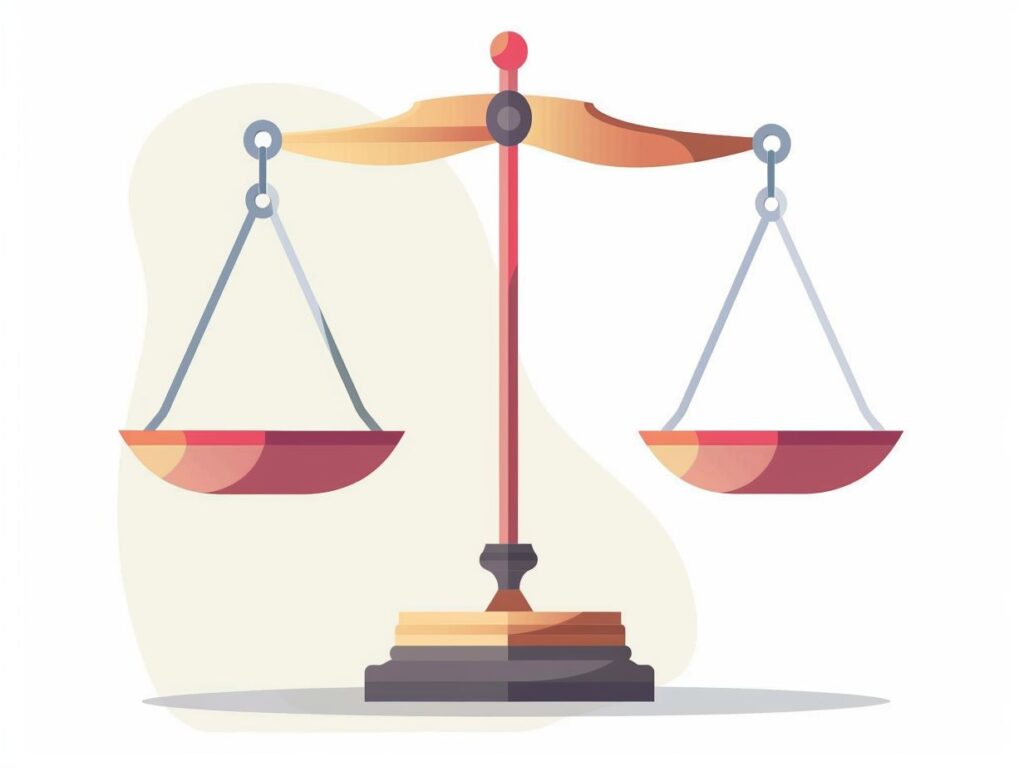
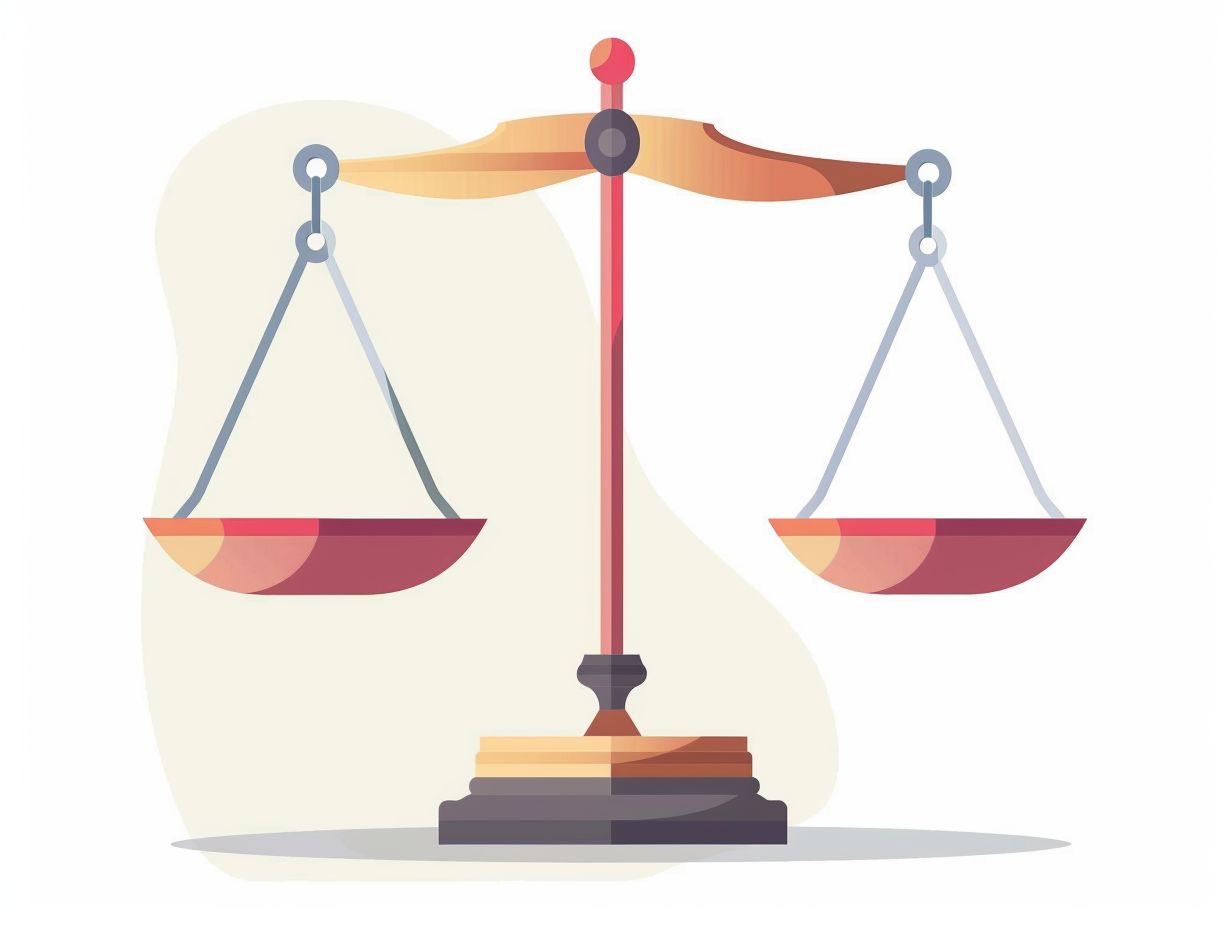
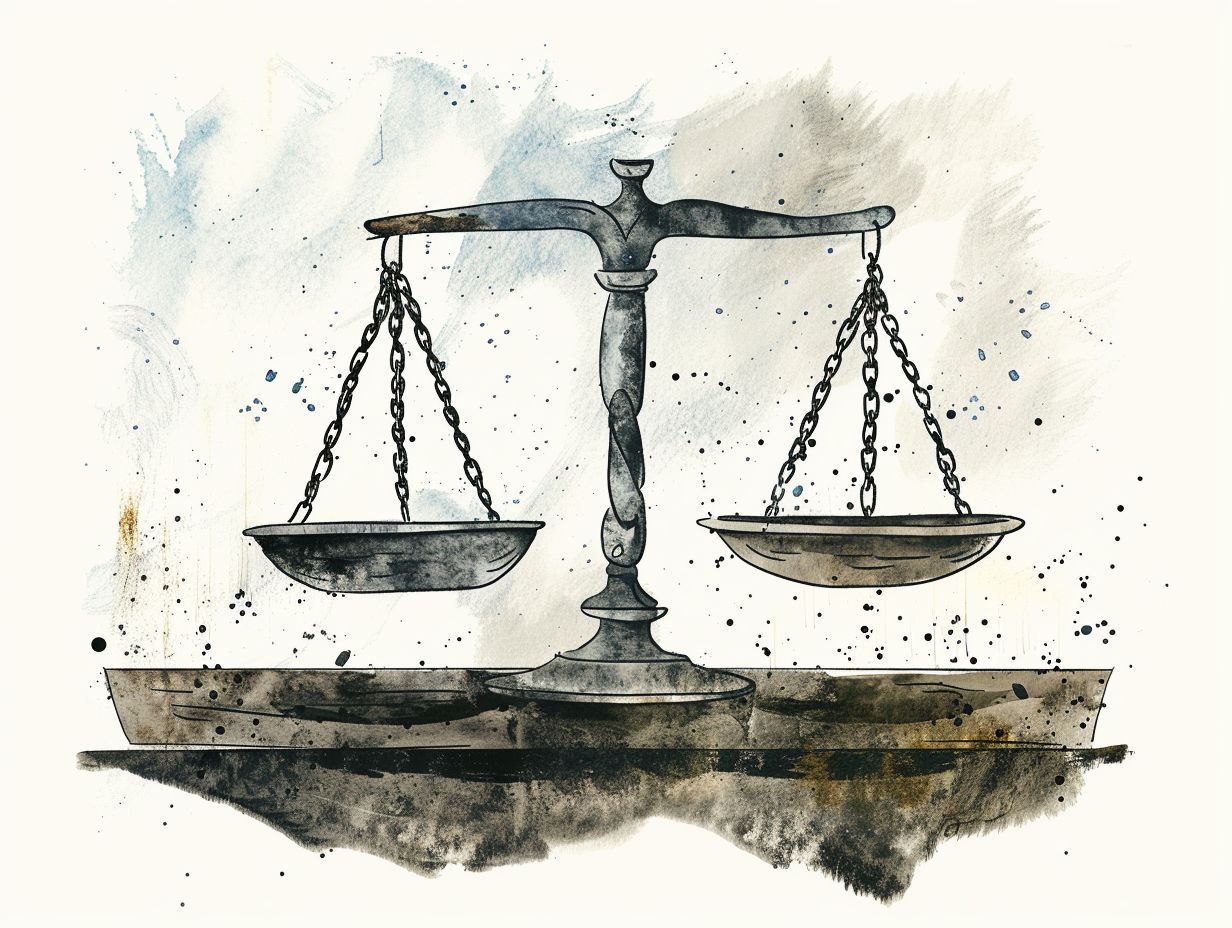

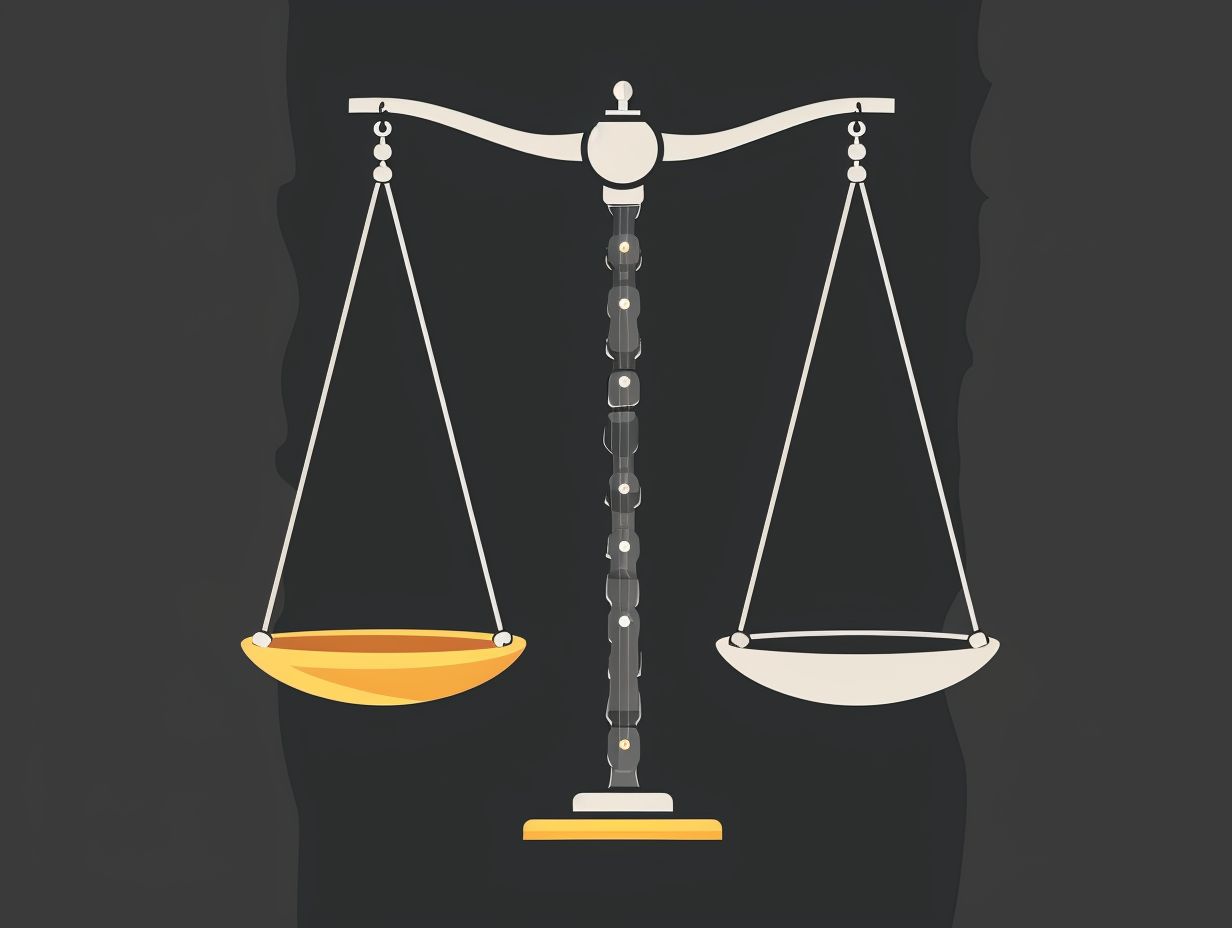
















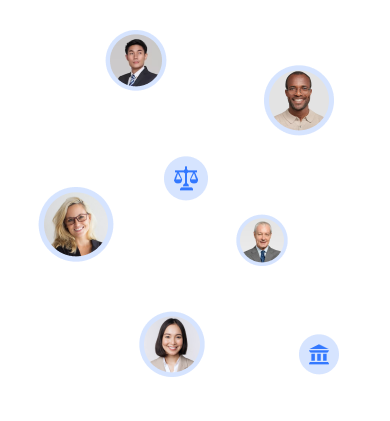



Rate this article:
No Comments yet!